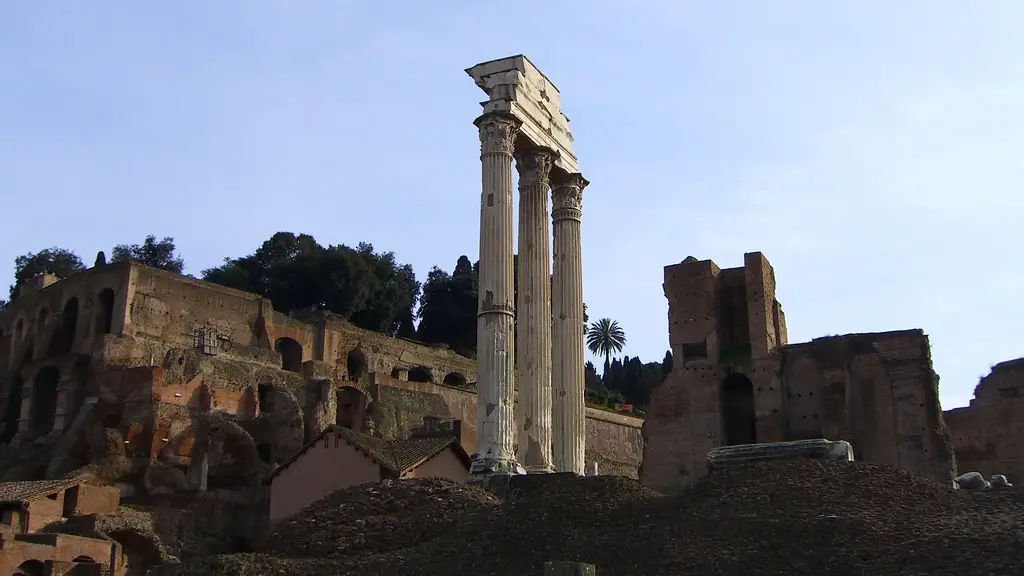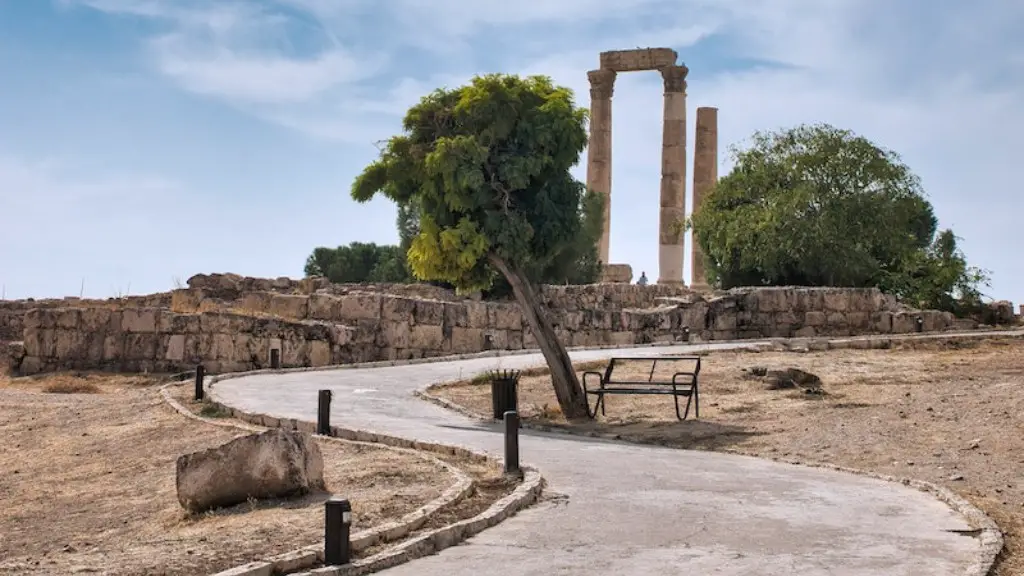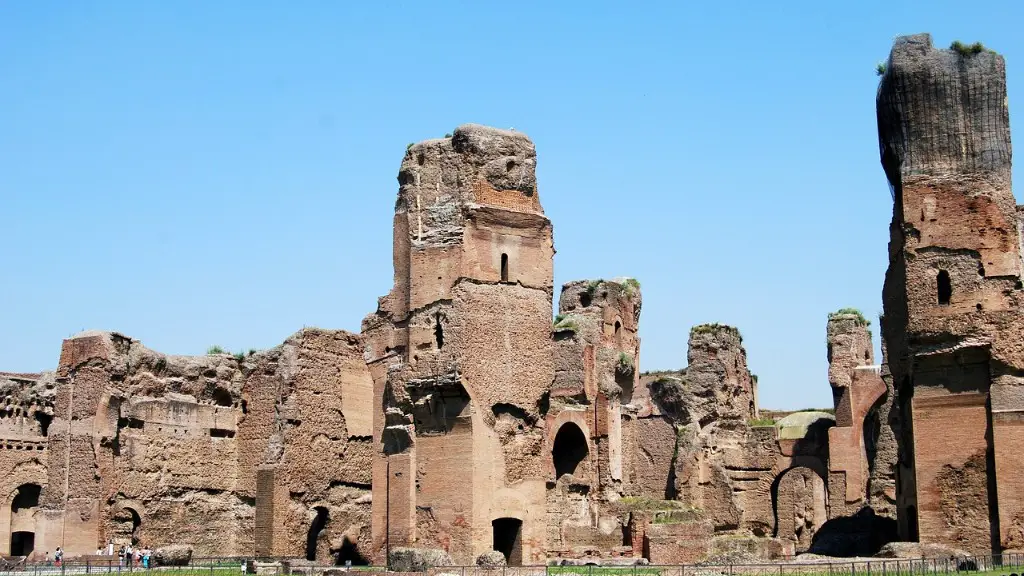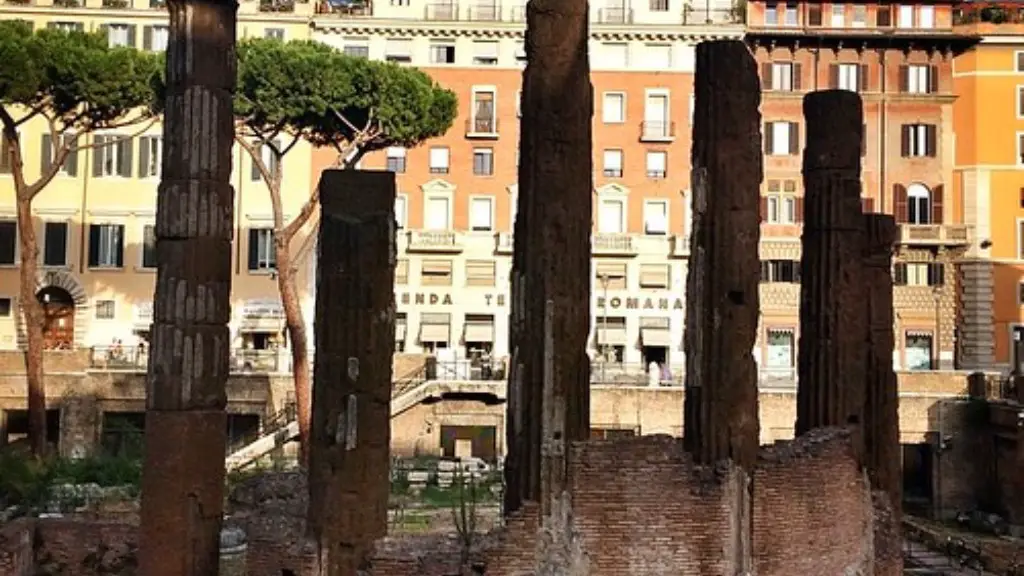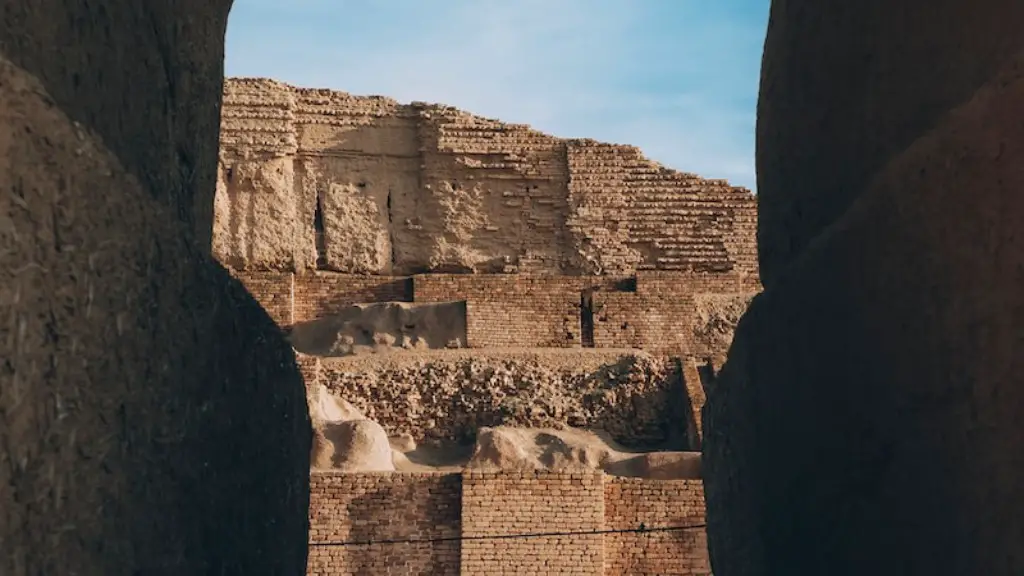Ancient Rome had an abundant variety of food. Roman cuisine was greatly influenced by Rome’s position as a crucial trade center of the empire. Due to this, ancient Romans adopted many different culinary practices from several foreign cultures. Rome was a hub where the Middle East, Eastern Europe, and Northern Africa met and many foreign dishes became a staple of the Roman diet.
The staples of Roman food included wheat, oil, and wine, which were all imported in large quantities. Bread was the main food of most people including those of the upper classes. This type of bread was highly political, as it was subsidized and employed as a way to express power. The variety of breads was very wide and people could choose from wild wheat and spelt bread, grains and even rye bread. With the bread, olive oil was used to season the food and it became a must among wealthy Romans, who would also buy expensive fish sauce to season their dishes.
Vegetables were also a cornerstone of the ancient Roman diet, with tomatoes, peas, onions, lentils, and garlic being some of the most consumed. Eaten by itself or served as a side dish, these vegetables were usually boiled, stewed, and seasoned with olive oil, salt, and pepper. Cabbage, cucumbers, leeks, lettuce, and pumpkins were the most appreciated greens and were usually served cooked, pickled, or raw.
Meat was not as accessible to more average citizens but was considered a rare delicacy for the wealthy. Pork and chicken were the most commonly consumed, while deer, boar, rabbit, and hares were also eaten.
Apart from the staples, ancient Rome also had a wide array of fruits and desserts. Apples, dates, pomegranates, figs, pears, and peaches were the favorites. Sweet treats were also very popular and included cakes, pastries, and honeyed biscuits.
In Ancient Rome, wine was essential to the diets. The most multi-purpose ingredient, it was used for cooking, sacrifice, medicinal purposes, and, especially, to be served as an accompaniment to meals.
A part from the extravagant dishes that were served in the palaces of the wealthy, there were the popular street foods, like panis focacius which is nowadays known as pizza, and the street venders that were whipping up flavored ice creams and sorbets.
Eating Habits
In Ancient Rome people didn’t really have a structured meals schedule. The wealthy would get up at dawn and start their day with breakfast, have a lunch in the middle of the day, have a light dinner again in the late afternoon and then have a supper in the evening. While the wealthy enjoyed these elaborate dinners, the more average citizens would have one main meal and, often supplement it with snacks.
No matter the economic situation of the people Roman citizens and slaves alike ate in their dining rooms, that were called ‘Triclinium’ and had people sitting on couches and cushions as there weren’t any chairs. People from the same family or from different households would usually dine together and stay for long conversations.
Unique Aspects
Roman gladiators were known for two primary things; fighting to the death in intense battles, and eating an incredibly high-calorie diet. This high-calorie diet comprised of wine, meat, fish, bread, cheeses and fruits and allowed them to perform the intense activity of battle.
Olive oil pressers, fisher men and gardeners would not have a proper meal until their work was done. Once they finished what they had to do, they would build a fire near their places of work and celebrate with a meal and a drink. These meals included lamb, fish, chickpeas, stew, honey, and cheese.
Myths & Beliefs
Romans paid special attention to their diets, believing in the theory of humors that linked the four basic human temperaments to the four seasons, four bodily fluids and four key elements (earth, wind, fire, water). In addition, the Romans believed that dietary choices had an impact upon character and personality and paid attention to the symbols of the food when consuming it.
The Romans feigned in consuming lettuce, cucumbers and melon as these were viewed superstitiously as aphrodisiacs. This superstition was later supplanted by the god Priapus, a minor deity, who was supposedly responsible for the fertility of plants and animals. To increase fertility, Ancient Romans would also participate in fertility festivals and share dishes that symbolized fertility.
Religious Ceremonies
In Ancient Rome animal sacrifice was an important part of their religious ceremonies. Animals were sacrificed to appease the gods and during the ceremony worshippers would get the the heart or a limb from the sacrificed animal to be eaten. Animal sacrifice was usually followed by a meal and the food was cooked over an open fire or was boiled in an iron pot. The food usually included cheese, fruit, grains, fish, and of course, the sacrificed animal.
Vesta was one of the most important goddesses for ancient Romans, as such there were several religious ceremonies in her honor. On her feast day, the Vestal Virgins, that were temple priestesses, would light up a sacrificial fire and offer offerings of spelt and grains and flowers. Then they would make a feast of spelt and beans that was served with wine and sweets.
Regions
The Roman diet also varied depending on location and time. For example, due to Rome’s close proximity to the Mediterranean and the Adriatic, maritime foods were common in Rome. Fish was one of the staples in the poorer areas of Rome, to the point where those regions were called “Fish-Diet Regions.”
In regions situated on the mountain, the food was much simpler, with high consumption of grains, legumes, potatoes and dairy. A typical dish for mountain dwellers was polenta, which was made from cornmeal – corn had been introduced in the early 19th century and maize began to be grown for polenta in the 1930s.
On the other hand, regions near the Po valley were into cattle breeding, typically consuming meat and dairy-based dishes, while those near the sea often ate a lot of vegetables and fish.
Conclusion
In conclusion, Ancient Roman food was very much determined by access and the region one inhabited, although it would have typically included some mixture of wheat, vegetables, fruits, and meat. Additionally, wine was also a part of the regular diet and animal sacrifice was often performed during religious ceremonies.
